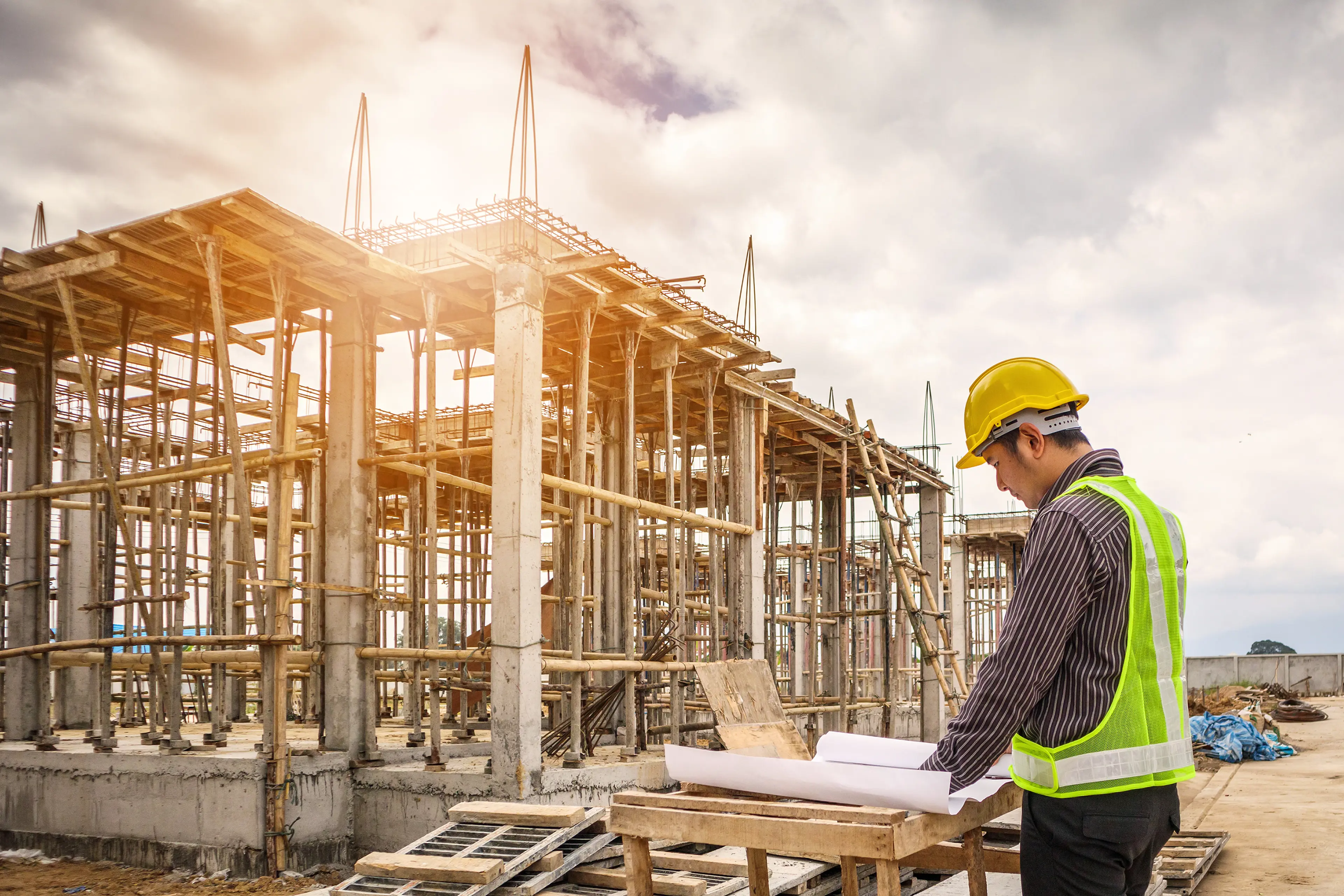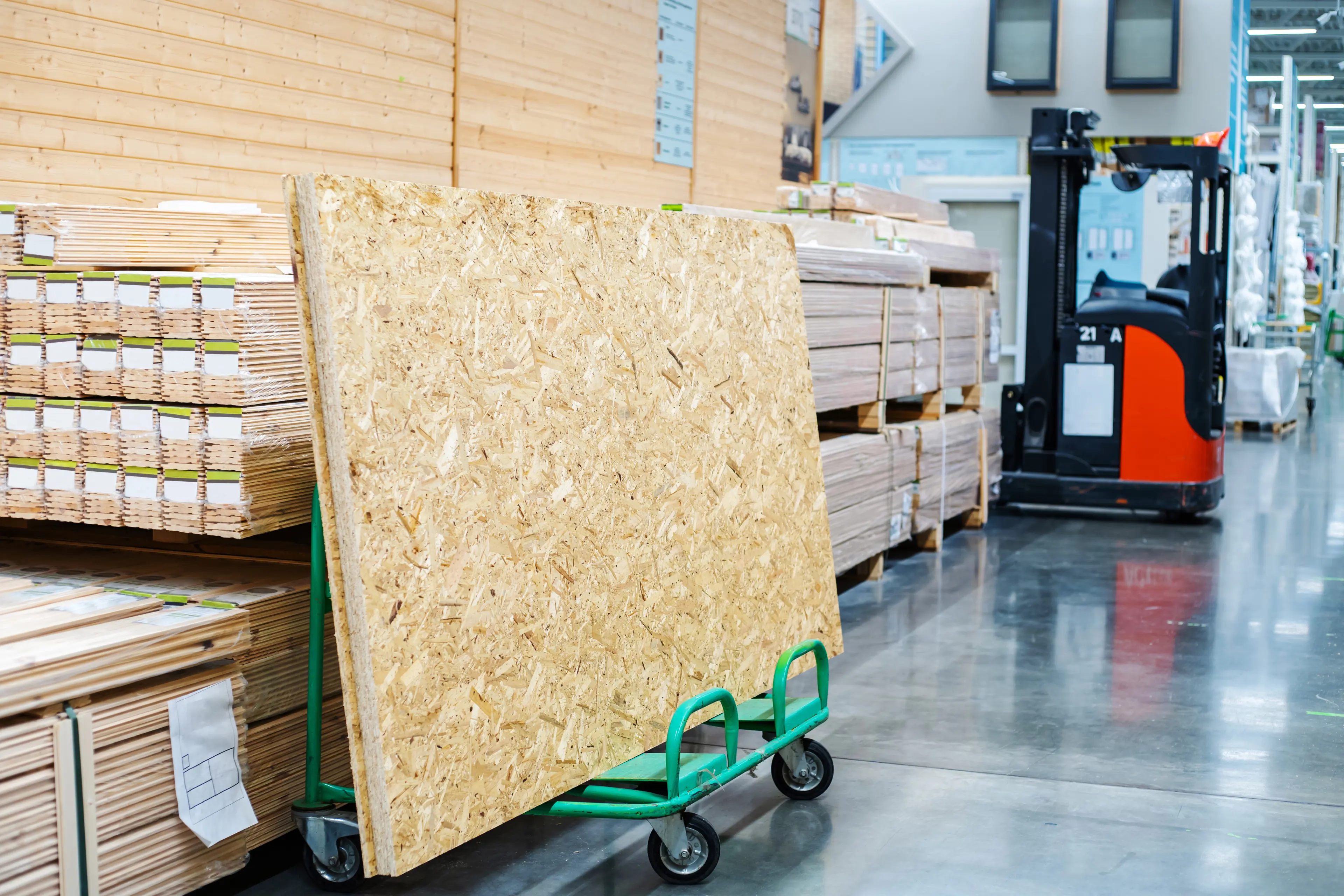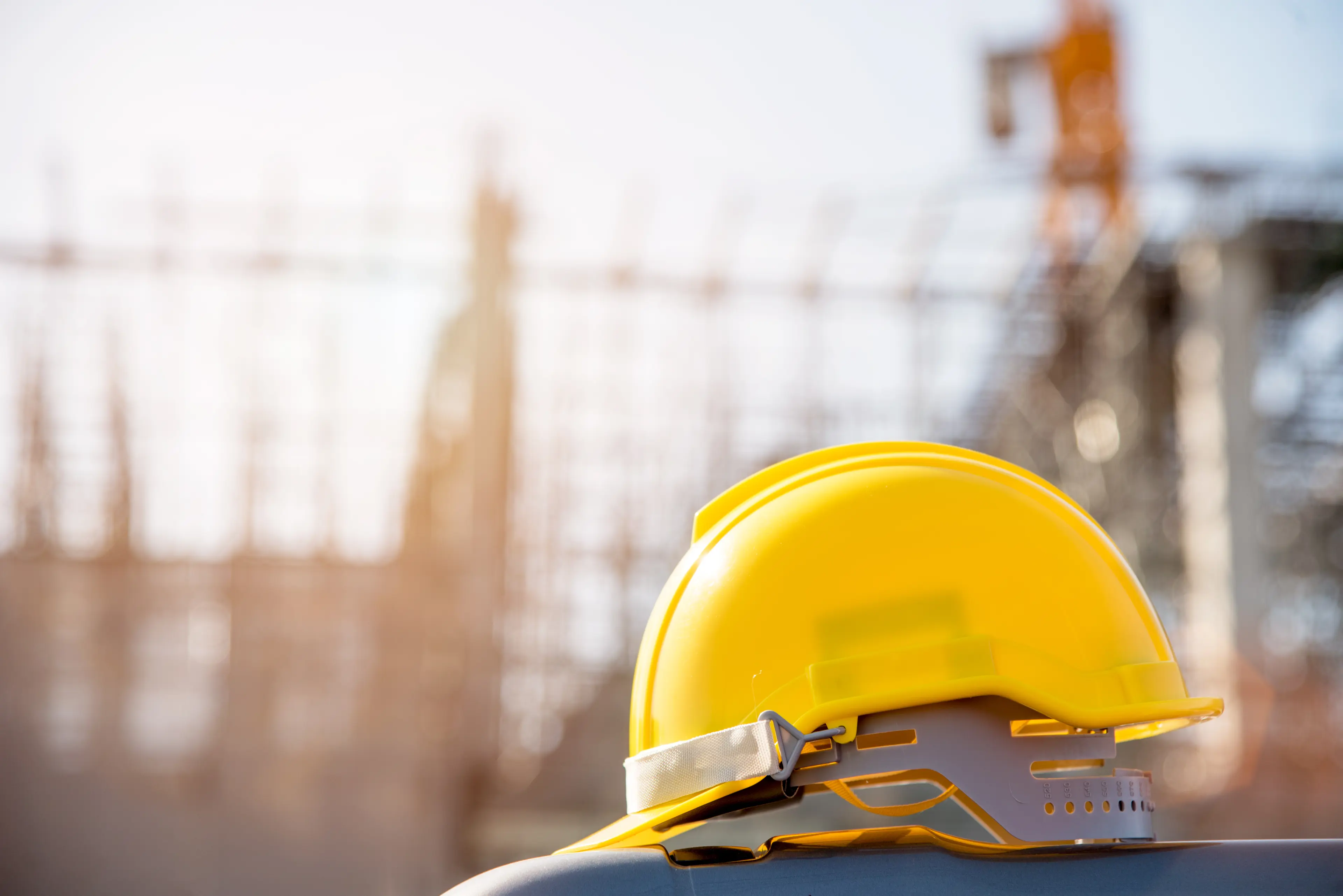20/12/2023·4 mins to read
New building regulations now in force: what you need to know

Product manufacturers and importers are now subject to stricter building regulations under the new Building (Building Product Information Requirements) Regulations 2022 (Regulations).
These Regulations apply to designated building products manufactured in, or imported into, New Zealand on or after 11 December 2023. The Minister for Building and Construction, the Honourable Chris Penk, said:”The requirements are expected to result in fewer building defects, less building re-work, more efficient consenting and safer more durable buildings.”[1]
The Regulations apply to products that contribute to overall compliance of building work with the Building Code. Companies that are captured by the Regulations need to make specific information about their building products publicly available on their website free of charge (i.e. without pre-conditions such as the need to create an account).
What products are captured under the new Regulations?
The Regulations apply to designated building products. These are products that are either mass-produced or batch-produced to a general specification. A product is captured if its intended use is likely to contribute to building code compliance. Notably, the Regulations capture products that form part of a system or are comprised of other products such as prefabricated products (i.e. products manufactured off-site and intended to be transported to another for installation). Prefabricated whole buildings are also considered modular components. The Regulations do not apply to:[2]
- Products registered by a registered Product Certification Body;
- Products that are modular components manufactured by a registered Modular Component Manufacturer;
- Frames and trusses manufactured offsite and are designed following relevant acceptable solutions and verification methods;
- Gas and electrical appliances and fittings; and
- Temporary building products, such as scaffolding.
The scope of the Regulations
Designated products fall into either Class 1 (mass produced products) or Class 2 (products custom made to the client’s specification). Both classes are treated in a similar way. The main difference is that for Class 2 products, the information must be made available prior to customer order, while information on Class 1 products must be available by the time the product is offered for supply.
The Regulations do not have retrospective effect, meaning that products imported or manufactured before 11 December are not captured by the Regulations.
The disclosure of information for manufacturers and importers
The onus falls on manufacturers and importers of designated building products to organise and distribute the required product information at no charge to the public.[3] Each product must have a corresponding product statement that must be made available on a public website and kept up to date. Product statements need to contain the following:
- Product description;
- Product identifier (to the extent that one is available);
- Details and contact information of the manufacturer/supplier;
- The scope and limitations of use for the product, with reference to relevant Building Code clauses;
- Design, installation, and maintenance requirements; and
- Whether the product is subject to a warning or ban under s 26 of the Building Act.
Suppliers and manufacturers should note that while a product remains available for supply, the product information must be maintained, regardless of whether a product is superseded or discontinued.
Non-compliance with Regulations and its consequences
MBIE's Chief Executive has delegated powers under the Building Act 2004 to ensure compliance with the Regulations. MBIE can:[4]
- Require that person or companies to provide information or documents (in certain circumstances);
- Issue a notice to take corrective action, which requires a company/person to remedy the non-compliance or ensure that the non-compliance is not continued or repeated;
- Issue an infringement notice; or
- Prosecute.
The fines can be up to:[5]
- $200,000 for an individual;
- $600,000 for a body corporate.
How do the Regulations interact with technological advances in the construction sector?
The increasing use and development of new technology in the construction sector will undoubtedly change the regulatory landscape. Evolutions in building information modelling (BIM), robotics, machine learning and AR/VR technologies are predicted to be at the forefront of advances in the field.[6]
These technologies enable the rise of off-site and modular manufacturing, meaning the definition of a building product is now broader than ever (and may need to continue to evolve). The Regulations should anticipate these changes and react accordingly to extract the efficiency/cost saving benefits.
Conclusion
We expect to see further regulatory reform in this area with the ongoing technological advances such as modular construction, as well as economic challenges that the construction industry continues to face. Ultimately, these Regulations are aimed at increasing visibility over the way building products are supplied and used.
It remains to be seen whether the aspiration of fewer building defects and less re-work will be achieved through the introduction of these Regulations. It is not clear how progress against these aims will be measured over time.
For more guidance on how the Regulations impact your business, contact one of our experts.
Thanks to Joeli Filipo, Solicitor, for his assistance with preparing this article.
[1] Hon Chris Penk "Building product requirements to improve sector efficiency" (11 December 2023) Beehive <www.beehive.govt.nz>.
[2] Building (Building Product Information Requirements) Regulations 2022 s 7.
[3] Ministry of Business, Innovation and Employment: Building Product Information Requirements Guide to complying with the (Building Product Information) Regulations 2022 Version 1 at 14 (MBIE Guidance).
[4] MBIE Guidance at 29.
[5] Building Act 2004 at s 362VC (False or misleading representations in relation to building products).
[6] Dr Alice Chang-Richards, Xichen Chen et al. “Technology implementation: What does the future hold for construction?” BRANZ commissioned report, 2022.
Contacts

Christine Gordon





